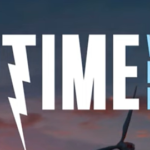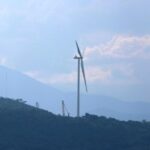The issue
• A preconstruction study for an offshore wind project typically involves two largely separate efforts: a Wind Energy Assessment (WEA), and a Metocean Analysis.
• Each requires wind climate information, but the requirements of the wind data for each study differ (see below).
• As a result, the Metocean and WEA teams often select different wind input datasets and proceed with their studies independently.
• At the completion of both studies, an “alignment check” is made to confirm that the wind climates assumed in the two studies do not significantly differ, but this can lead to difficult adjustments to the completed studies.
The Solution
Use a customized mesoscale Weather Research and Forecast (WRF) model to produce a “Unified WRF Dataset” that meets the requirements of both the WEA and Metocean studies, so that the two studies are “pre-aligned” on the important input of the wind climate. The Project being studied is the IJmuiden Ver Wind Farm Zone, in the North Sea, west of the Netherlands.
Author: Mark Stoelinga, Director of Atmospheric Modeling, ArcVera Renewables
Poster presented at IPF2024, New Orleans




